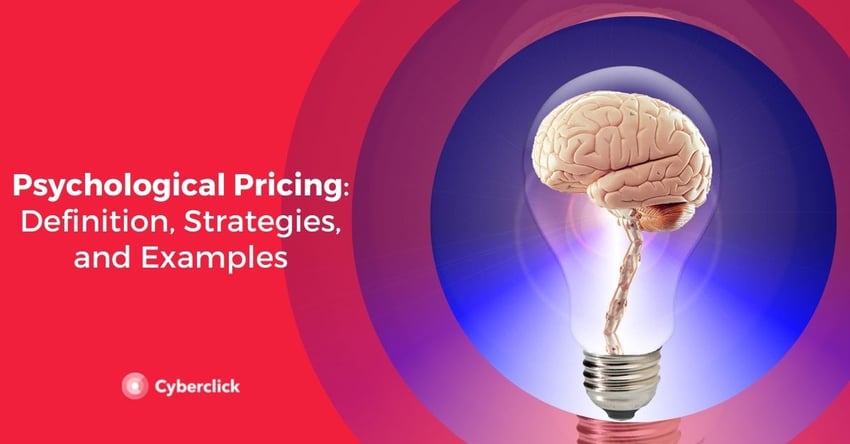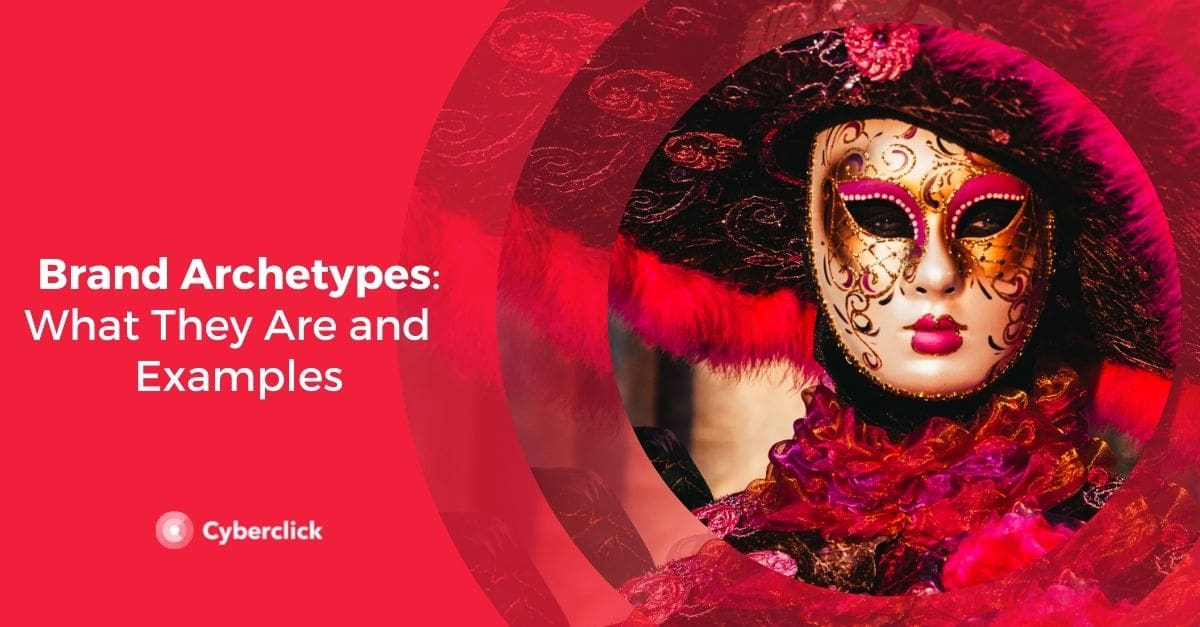The prices of a product are chosen by taking into account the market and the competition but they are also based on a strategy known as pricing. Choosing the right price is the key to stand out from the competition, increase sales, and achieve success. This is precisely where psychological pricing comes into play.
In this article, we'll explain everything you need to know about this term and how you can apply it in your marketing strategies.

What Is Psychological Pricing?
Psychological pricing seeks to activate certain emotions and create impact the consumer. The aim is to increase the number of sales without reducing the price of the product or service by more than a few cents or even increasing it to make the number more visually appealing.
For example, it has been found that whole numbers are less appealing than non-integers, hence many products are within a cent or more of a rounded price. Numbers can provoke both positive and negative reactions, which is why it is so important to think carefully about what price you give a product or service, since the number of sales depends on this.
One of the most commonly used strategies is the number 9. It seems that consumers are much more attracted to products whose price ends in 9 or 99.
Sometimes giving a product a high price can convey quality. However, this strategy does not always work, so giving a monetary value to a product or service is much more complicated than it may initially seem.
Why Pricing Strategy Matters
Every company must have a good pricing strategy before launching a new product or service on the market, since the success and the number of sales depend on this.
Putting together a strategy includes analyzing the real cost of the product, the demand, the type of person the product is aimed at and their purchasing power, the prices of the competition, and finally, a number that is psychologically attractive.
Doing this analysis prior to launching your product or service is one of the most important parts of a marketing strategy. Having these objectives clearly laid out determines the economic success of the company. In other words, carrying out a good pricing strategy improves profitability.
Types of Psychological Pricing
As mentioned, choosing the price of a product requires a thorough analysis during which numerous factors must be evaluated. Once this is done, you can choose between different types of psychological pricing.
-
Round price: although we initially said that whole numbers are not very attractive, there are exceptions with some products that are bought impulsively, not out of necessity. In this case, a round number conveys perfection and makes the customer believe that his purchase is a good choice.
-
Odd price: this is one of the most commonly used strategies. Odd numbers attract attention because they convey that the product is cheaper than it really is or that it is on sale. For example, a product that is at 29.99 $ will attract much more attention than one that is at 30 $ even though the difference is only 1 cent.
-
Usual price: the most common products are usually already associated with a specific price. In this case, it must be respected or it will create mistrust in the customer.
-
Relative price: this is when a price is defined by taking into account the prices of your competitors. If there are many products with similar characteristics on the market, you'll need to set a price that attracts the consumer's attention but that does not cause losses to the brand.
-
Prestige price: there are cases in which giving a product or service a higher price than usual can transmit higher quality compared to what the competition offers. This strategy is perfect if you want to attract customers with more purchasing power, although it should be accompanied by a more sophisticated presentation and design.
Before choosing one of the above pricing strategies, it is necessary to take into account the real cost of the product or service, the demand, your brand's objectives, the purchasing power of the target customer, the competition and the market.
Examples of Psychological Pricing
Psychological pricing can be seen all the time nowadays. For example, in supermarkets it is very common for products in the pastries, snacks, and appetizers section to have a round price, as they are products that tend to be bought on impulse.
Odd prices, on the other hand, are usually seen on all types of products, although they are more frequent during sales, like Black Friday, in which you want to convey to the customer that you are offering a discounted price.
As for the usual price, this can be seen on books, magazines or newspapers, where all products, regardless of the company behind them, have the more or less the same prices.
Relative prices are usually seen in platforms such as Amazon, where a product may seem expensive or cheap depending on the results that appear next to it.
Finally, as an example of prestige pricing, there is Apple. Here the high price of its products is directly associated with quality.
Taking into account the psychological factor when determining the price of a product is fundamental, since the success of the product and the achievement of the objectives set by the company depend on it.
CEO y cofundador de Cyberclick. Cuenta con más de 25 años de experiencia en el mundo online. Es ingeniero y cursó un programa de Entrepreneurship en MIT, Massachusetts Institute of Technology. En 2012 fue nombrado uno de los 20 emprendedores más influyentes en España, menores de 40 años, según la Global Entrepreneurship Week 2012 e IESE. Autor de "La empresa más feliz del mundo" y "Diario de un Millennial".
CEO and co-founder of Cyberclick. David Tomas has more than 25 years of experience in the online world. He is an engineer and completed an Entrepreneurship program at MIT, Massachusetts Institute of Technology. In 2012 he was named one of the 20 most influential entrepreneurs in Spain, under the age of 40, according to Global Entrepreneurship Week 2012 and IESE. Author of "The Happiest Company in the World" and "Diary of a Millennial".






Leave your comment and join the conversation